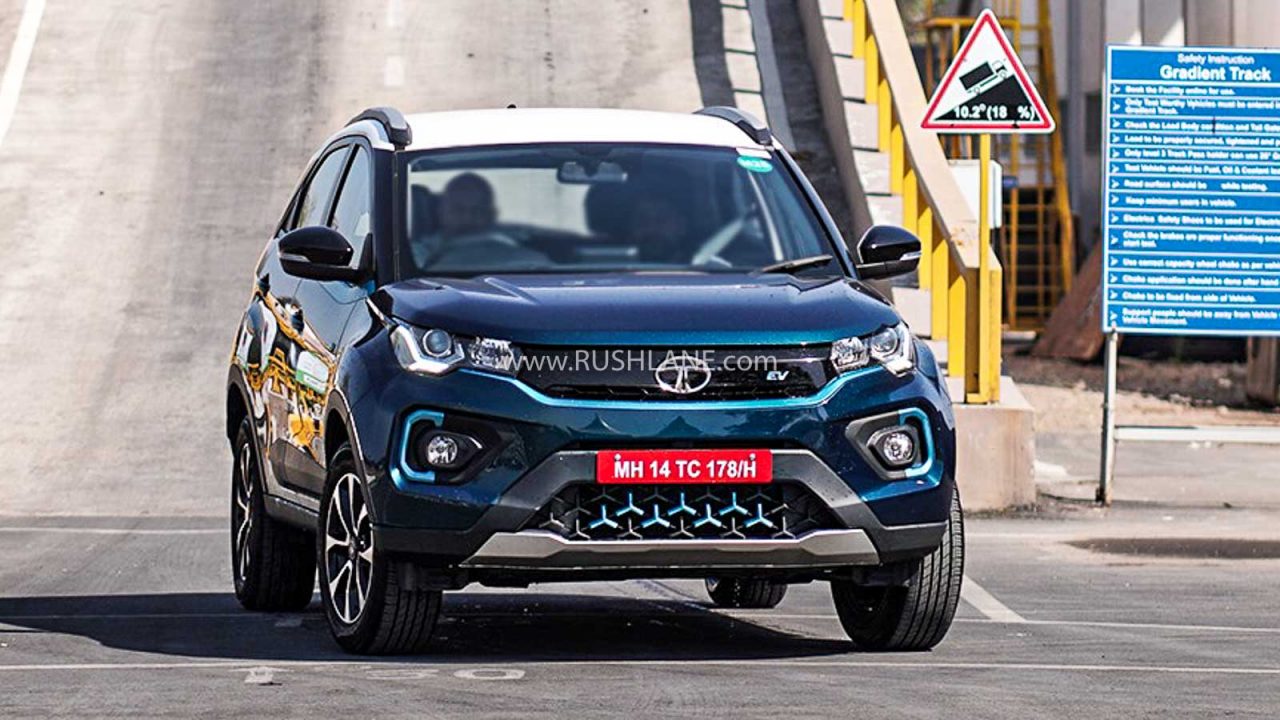
Tata Motors launched its popular subcompact crossover’s electric version, Nexon EV towards the end of January 2020 at a starting price of Rs 13.99 lakh ex-showroom. It comes in three trims: XM (Rs 13.99 lakh), XZ+ (Rs 14.99 lakh) and XZ+ LUX (Rs 15.99 lakh). India’s automotive industry has a limited portfolio of desirable all-electric four-wheelers and the Tata Nexon EV is the most affordable pick among them. It has no direct rival at present but Mahindra plans to introduce the eXUV300 or XUV300 Electric in the near future.
The Tata Nexon EV is sold only through select dealerships, just like its alternatives (MG ZS EV and Hyundai Kona). Purely in urban driving conditions, it could prove better than its BS6-compliant petrol or diesel counterpart despite having to shell out extra upfront. Unlike the old Tata Tigor EV, the Nexon EV was made available to the general public right from the start.
The South Indian state of Kerala has found new potential in the electric crossover. The state government has ordered 65 Tata Nexon EV units for its Motor Vehicle Department (MVD), as part of ‘Safe Kerala’ — an initiative to enforce traffic rules and road discipline. This makes Kerala the first Indian state to employ electric four-wheelers in law enforcement. The complete fleet is leased for a period of eight years by the Energy Efficient Services Limited (EESL), coming under the Ministry of Power.
Once delivered, the authority in concern will add essential equipment such as speed cameras, radars, sirens, etc. Another interesting development is that the vehicles would be on duty 24×7 with one driver at daytime and two at night. The drivers would be selected from Home Guards.
Each office, to which a unit is allocated, will have a fast-charging facility initially accessible only to the EESL. Privately-owned EVs could be allowed to use them eventually.
Powering the Tata Nexon EV is the brand’s new Ziptron architecture. It incorporates a PMSM unit coupled to a 30.2kWh lithium-ion battery pack and has a rated peak output of 127bhp and 245Nm. The sub-four-metre electric vehicle can hit 100km/h from a standstill in under 10 seconds (0-60km/h: 4.6 seconds) and boasts of a range of 312 kilometres (ARAI-claimed) on a full charge. In real-world driving conditions, the figures could fall in between 250-300 kilometres.
Using a fast-charger, it takes about an hour to add 80 per cent juice from empty. Using a conventional AC wall-charger, the time rises to eight hours. Since the vehicle would remain on duty for extended periods, there is no provision for overnight charging. Hence, the individual fast-charging facility would be pretty useful.



